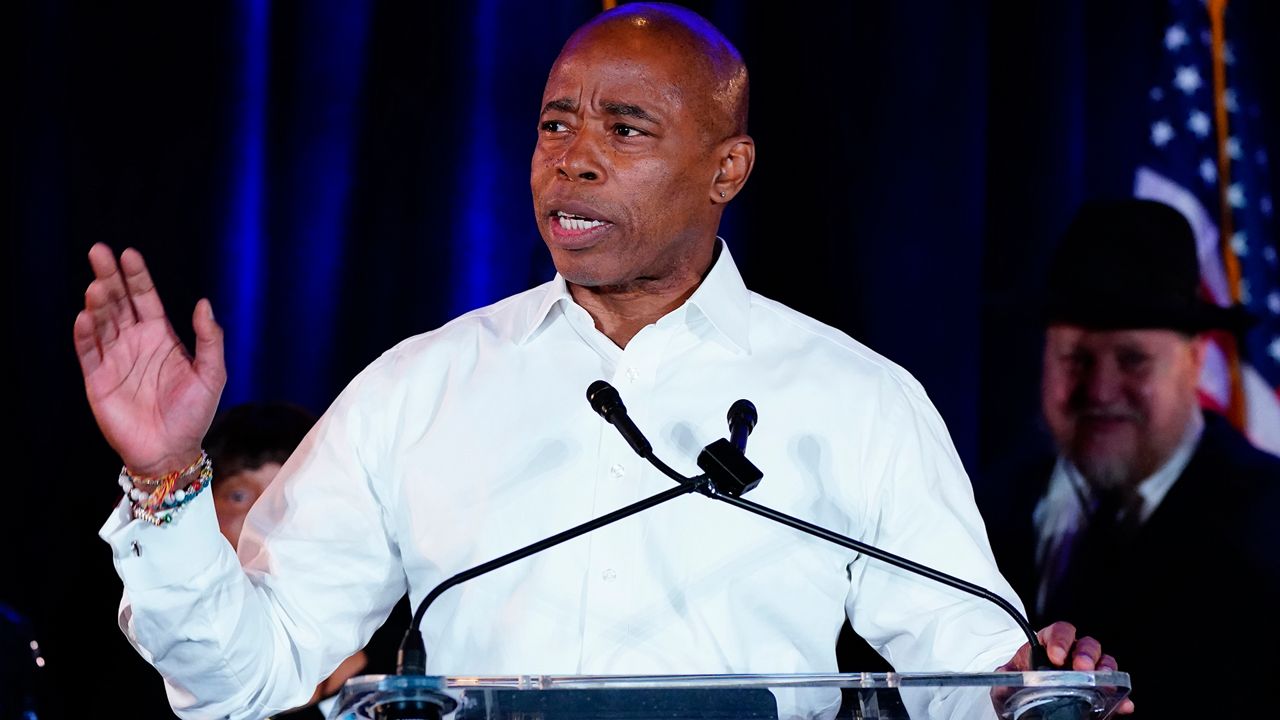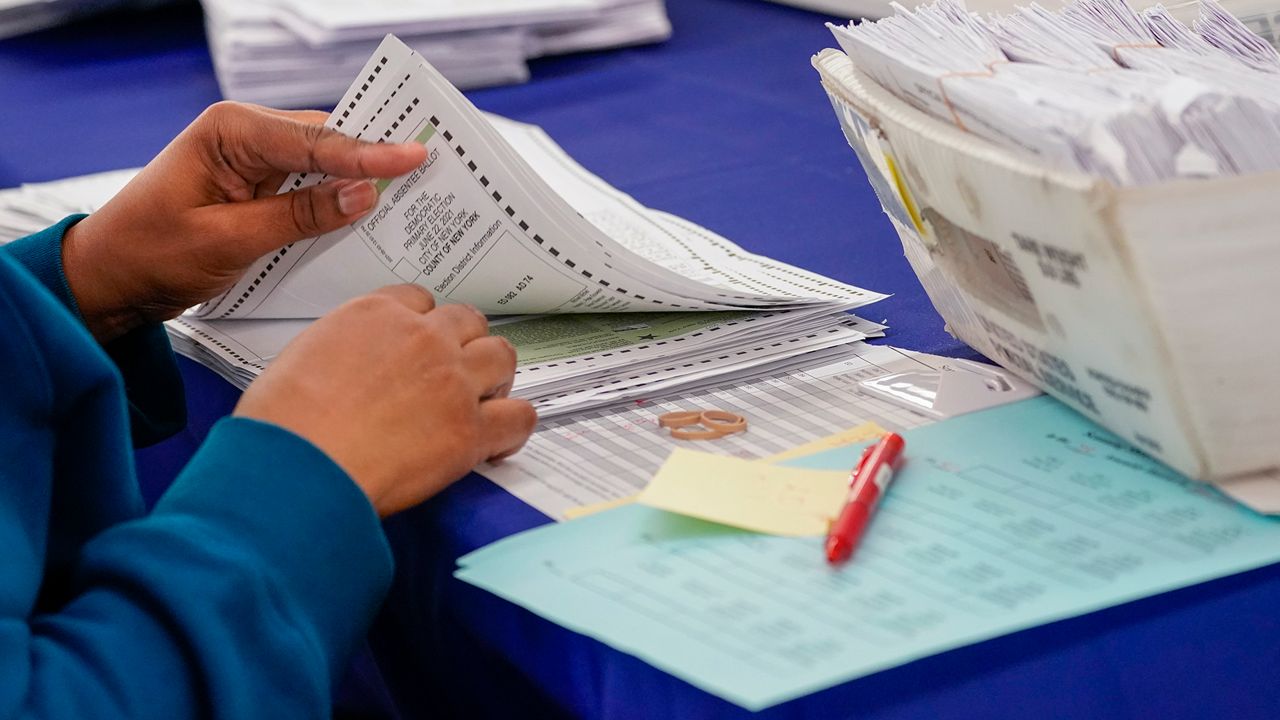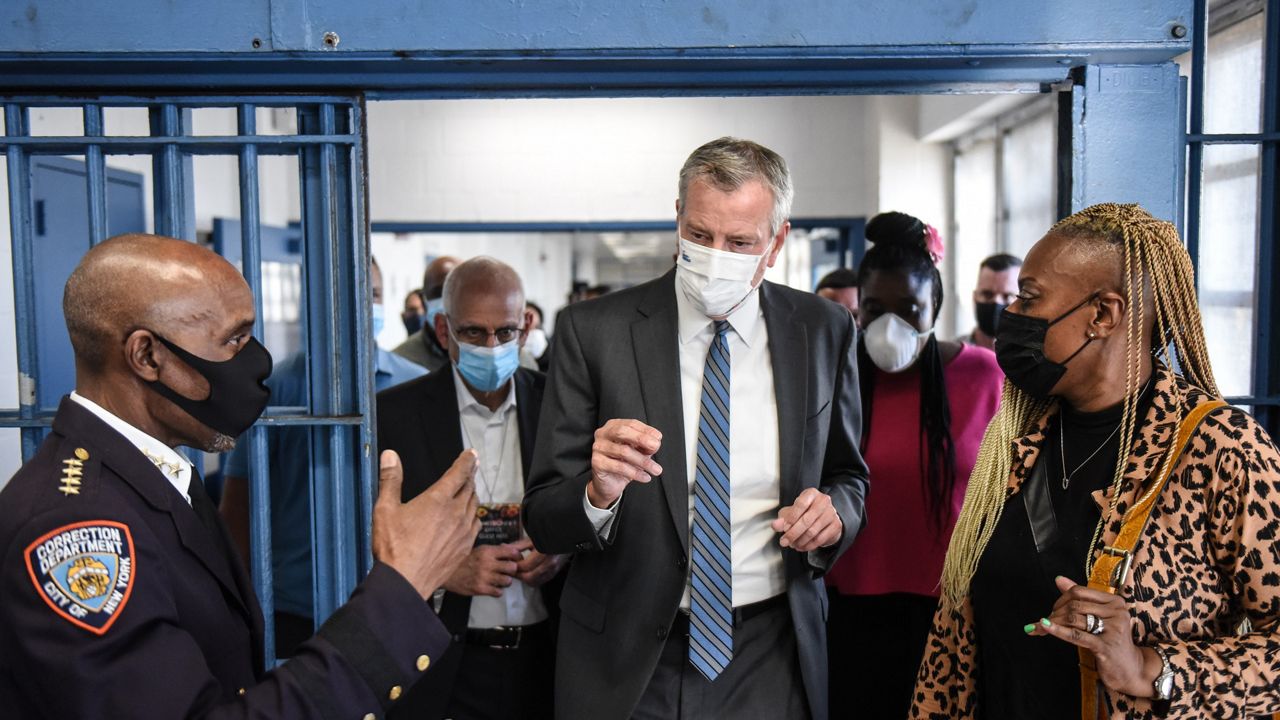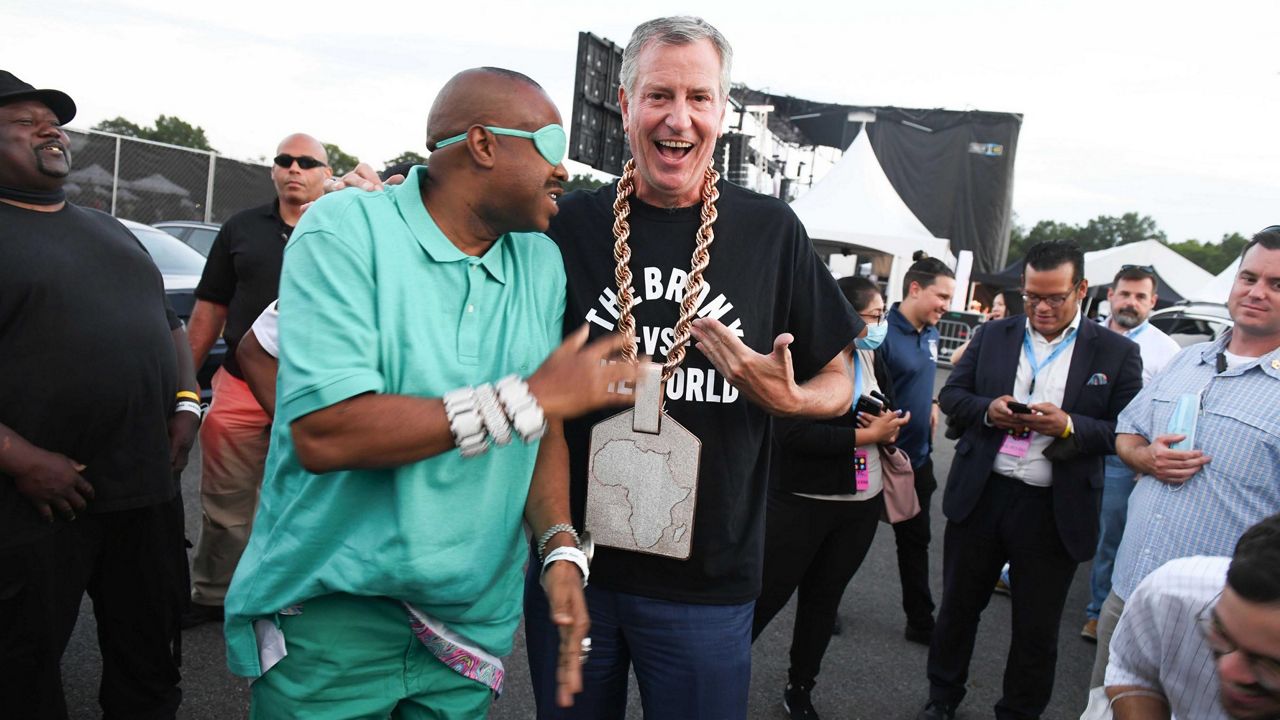“I just dropped in to see what condition my condition was in.”
– Mickey Newbury
We have arrived. It was a long march from the first day of early voting in this year’s primaries on June 12 to the certification of the vote on July 20, and I think I speak for all of New York politico-dom when I say it was exhausting.
The sturm und drang surrounding ranked-choice voting and then the predictable bungling of the tallying by the city’s Board of Elections almost eclipsed the much bigger news that Eric Adams is the Democratic mayoral nominee. The Brooklyn borough president is now suddenly sort of a mayor-in-waiting for the next five months, barring Curtis Sliwa winning the lottery or Adams getting hit by lightning. This interregnum is a new quirk of the political calendar with the primary coming in June instead of September, mercifully giving mailboxes across the city a break from political advertising for most of the summer.
Adams’ solid victory followed a roadmap that was drafted by Fernando Ferrer in 2001: create a Black-Latino coalition and get some solid labor groups in your corner. While Ferrer ultimately lost in a runoff primary with Mark Green, the ranked-choice system allowed Adams to avoid a likely brutal head-to-head confrontation with Maya Wiley or Kathryn Garcia. Ironically, Adams was never a supporter of a new system of voting that may have helped him win.
The other key to Adams’ success was his resume. He checked a big box for people who wanted someone with governmental experience as the city still faces a pandemic, and he checked an even bigger box for people who are worried about the large jump in crime over the last year. Adams repeatedly showed that he understood that the city’s success is almost entirely rooted in the streets being safe. A retired cop who was a reformer is a dream candidate in 2021.
The Democratic nominee’s summer assignment is to win over the rest of the city that didn’t vote for him and try to build an even bigger coalition heading into November. Everyone wants to be his friend now, so it will be interesting to see who he publicly decides is his friend and who he avoids.
Oddly, there is still a considerable amount of hand-wringing going on over the future of ranked-choice voting. Admittedly, New Yorkers certainly will have problems getting used to it if they only see it on Primary Day every four years. (Or two years from now when City Council seats are all up again because of redistricting.) But ultimately, the system may not have played that large a role in the outcome in a vast majority of races.
We had 64 primary fights, and in all but three of them, the person who got the most votes in “Round One” ended up as the eventual winner. (And two of those races face a manual recount.) Arguments that the system somehow hurt minority voters or minority candidates conveniently ignore the outcome – New York City is poised to elect its second Black mayor and bring in a new diverse wave of Council members.
A final note: Because of the pandemic and this busy election season, this column was on an unofficial hiatus that will now become official until September. With batteries hopefully recharged and an eye to the general election in November, the Buzz will be back on a weekly basis after Labor Day. Until then, may we all have the summer that we deserve. Whatever that may be.








